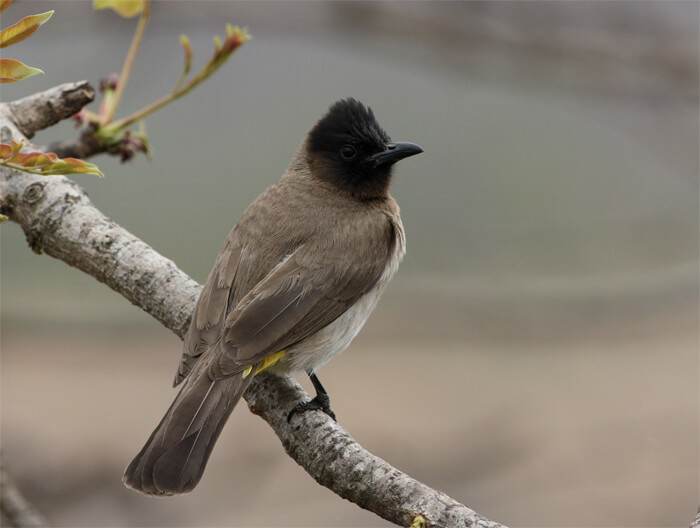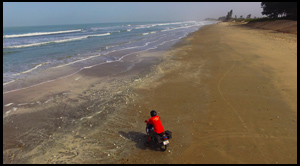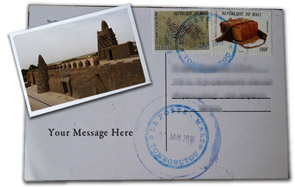Photo from wikicommons.
Many months ago I started noticing an early morning birdsong. I first heard it when I woke up. Then I heard it everywhere. I couldn’t for the life of me spot the bird.
Not having a visual made it difficult to identify the culprit. But along came some high falutin’ technology to save the day. The Merlin Bird ID app from the Cornell School of Ornithology. This app can use your phone’s mic to capture and identify birdsong.
Up on the roof, I pulled out the app. Right on cue, the bird started singing. So far, so good. After a few seconds, a result popped up. A laughing dove. Oh. A dove.
This was somehow disappointing. All this time I was listening to what was basically just a pigeon? (no disrespect to pigeons. They have terrible spatial awareness, but I don’t have a problem with them generally).
Some time later, my wife and I were walking in the garden behind the house. The bird started singing. I said to Bintou, “did you know that is a dove?”
“What?”
“That bird singing. It’s a dove.”
“That’s not a dove.”
“Oh. What is it?”
“I don’t know what it is, but it’s not a fucking dove.”*
*Expletive is my addition but the sentiment was there.
Could my all knowing Merlin Bird App be mistaken?
I bought binoculars and continued the search. Some days later, I got a glimpse. But I was looking right into the sun and he** was a silhouette. I couldn’t see any features or colors. I did notice that while he was the size of a small dove, his head had this kind of faux-hawk thing going on.
Each day, the bird posted up in the same tree. And each day I nearly went blind trying to discern some identifiable feature.
Then, one day, I heard the birdsong from the opposite side of the house. The sun had just risen and the light was in my favor. He was on an outstretched branch, unobstructed. What luck! With the binoculars I could clearly make out his colors and features.
He had an ashen belly, brown plumage and a black head. His head in fact looked burnt, like it had been torched with a flamethrower. His mouth was open. He looked flustered. Mouth shut, he looked like a curmudgeon.
I went inside and began leafing through the pages of my hand-me-down Birds of Africa south of the Sahara field guide. Seven hundred and thirty one pages of birds. Would I find him? How much did I actually care about this?
Rifling through the pages turned up nothing so I began meticulously working my way through the book. Past the ducks and geese, the waders, and the seabirds, I made my way into the passerines, otherwise known as perching birds, which make up more than half of all bird species.
After reading things like “palearctic vagrant” and “this bird emits a low grunt when flushed,” I started to wonder what I had gotten myself into.
And then, on page 410, a small miracle happened. There he was, unmistakably. Pcynonotus barbatus. The common bulbul. I nearly jumped out of my chair.
A relatively uninteresting looking bird that is also one of the most prolific in West Africa. And yet, the discovery was exhilarating.
I can’t quite explain it. Why was this so satisfying? Was it some unexpected hit of dopamine? My ego doing somersaults with this small sense of accomplishment? I do not know.
But now I am obsessed with birds.
What started as a wild goose chase to identify a bulbul has turned into a full blown fascination that has only grown since we’ve been in Senegal, a country that happens to be a world class birding destination.
Next up: my top 5 favorite birds.
**Andre made the decision that he was a dude, and his name is Bubbles.





0 Comments